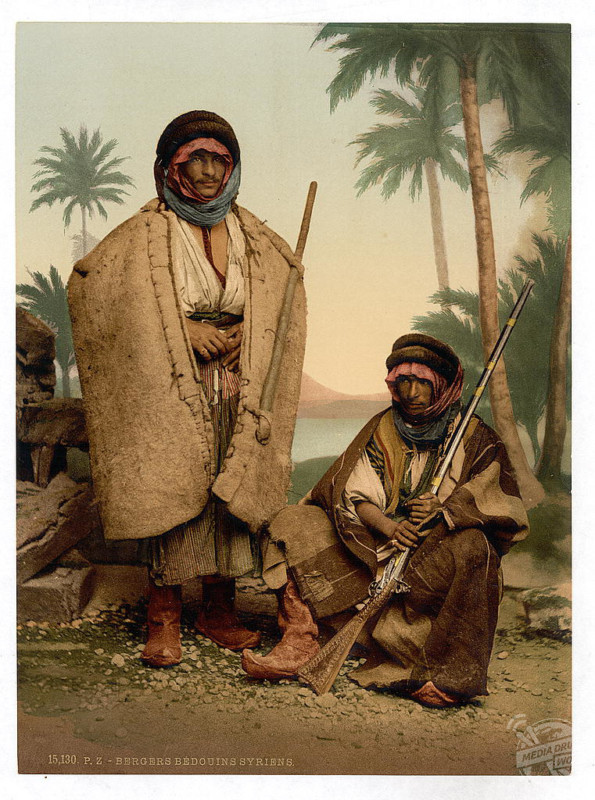By Alex Jones
FASCINATING colour pictures from the late 19th century capture the beauty of the people and places in the Holy Land.
Stunning photochroms, taken circa 1890, show a bustling bazaar in the heart of Jerusalem, a charming cityscape of Bethlehem, and two Bedouin women happily carrying their young children on their shoulders.
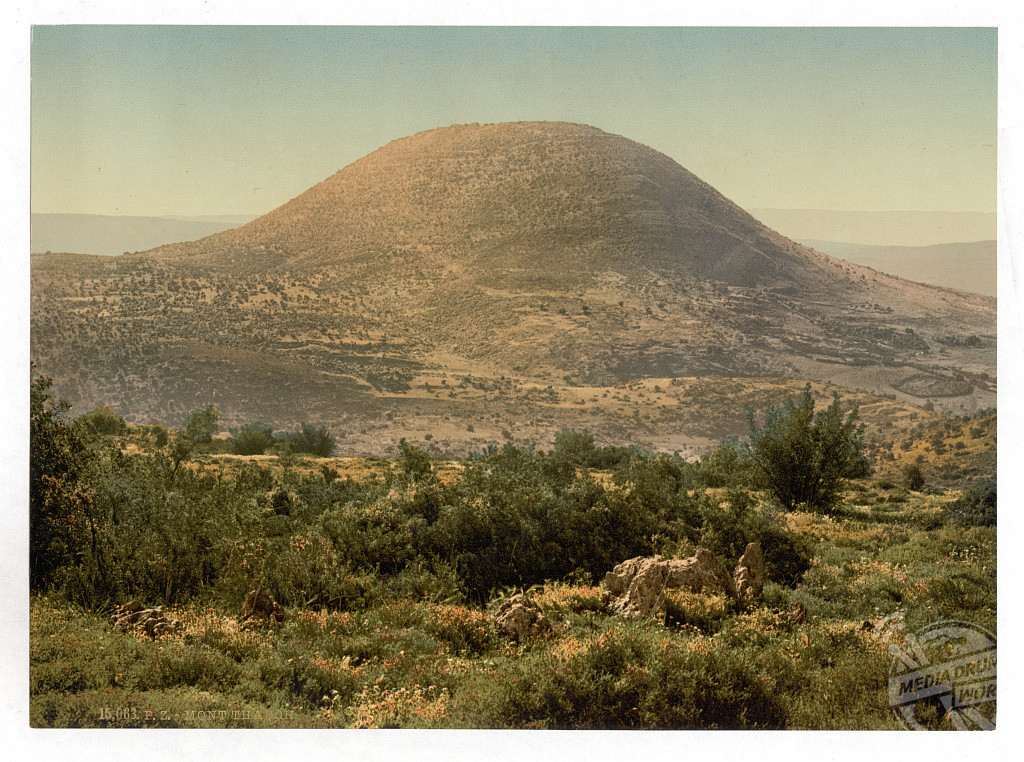
The Holy Land, which stretches between Egypt and Syria, is central to the world’s main monotheistic faiths, Islam, Christianity and Judaism.
The term Holy Land broadly encompasses the places in the Middle East that are mentioned in the old and new testaments with vast tracts of land under dispute, not least between Israel and Palestine.
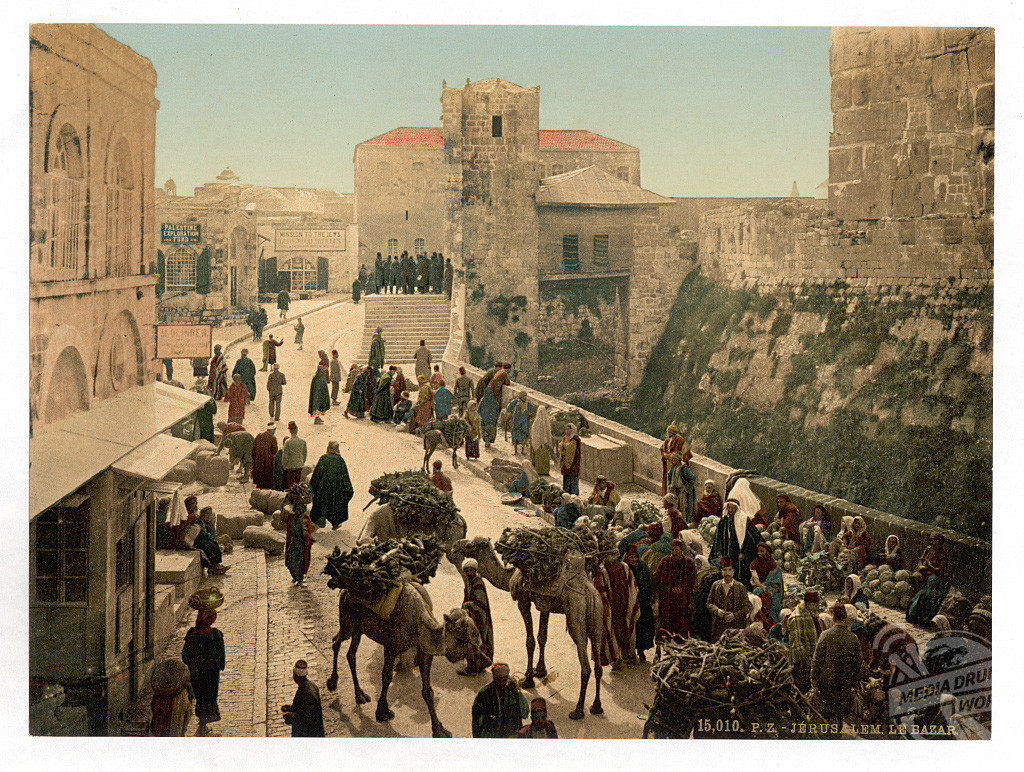
Pilgrims have flocked to the region for thousands of years as have conquerors, spilling immeasurable amounts of blood on the sacred land.
This was the land where Moses, Jesus, and Muhammad (peace be upon him) walked and set down the foundations for belief systems adopted by well over half of the world’s population.
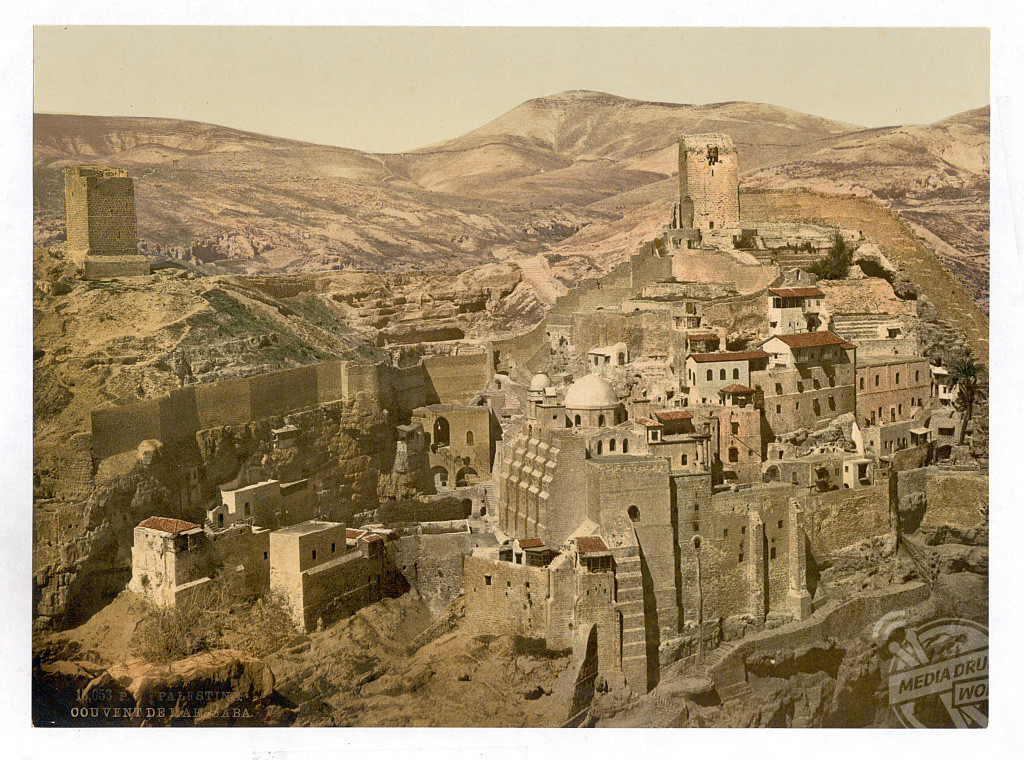
The region is also home to the Bedouin people, a nomadic tribe who migrate into the desert during the rainy winter season and move back toward the cultivated land in the dry summer months.
These colour postcards, from the Library of Congress collection, were produced using a method called photochrom. Photochrom is a method of producing colourised photographs from black and white negatives via the direct photographic transfer of a negative onto lithographic printing plates.
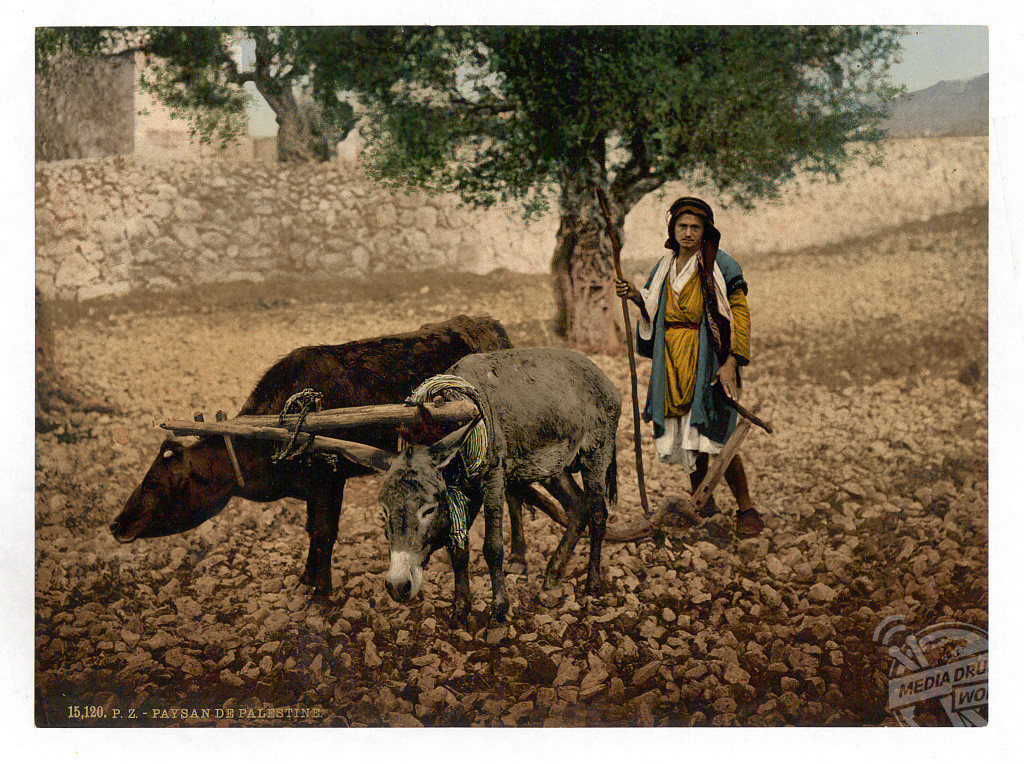
It was invented in the 1880s and was most popular in the 1890s, when these images were taken. Although true colour photography had been developed by then it was not commercially practical yet.
Photochrom reproductions became popular due to the craze with sending postcards.

